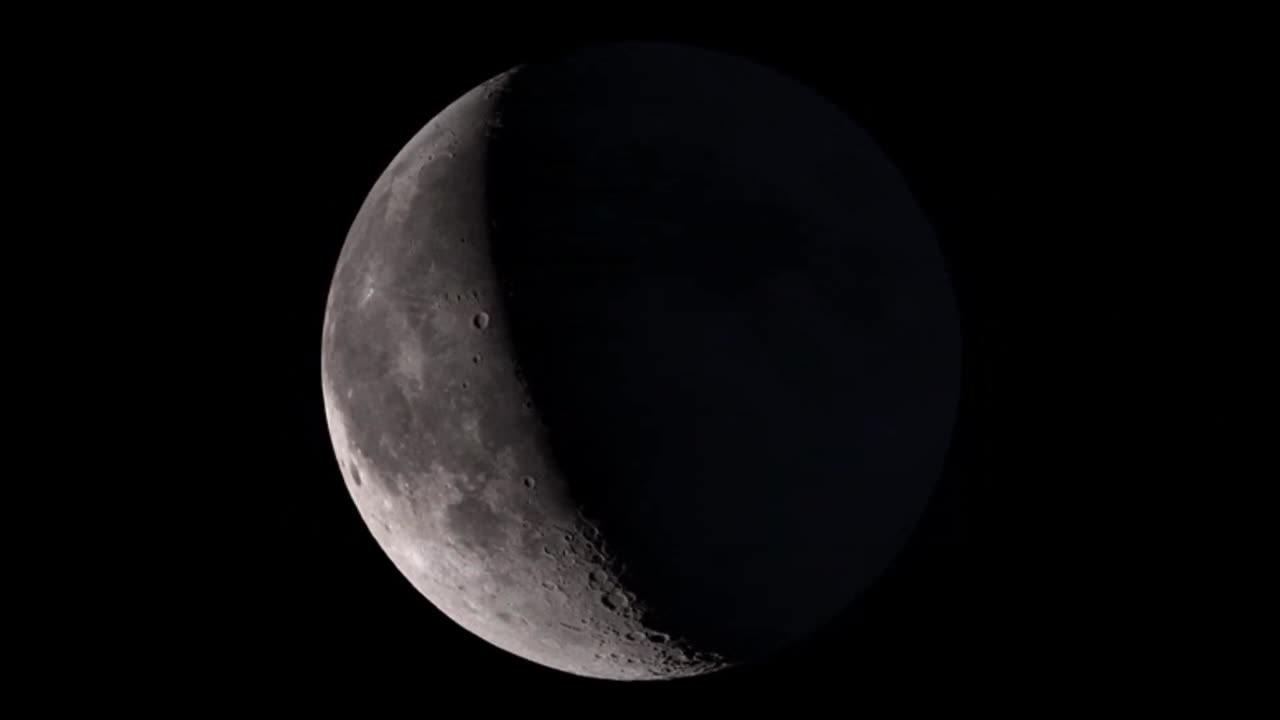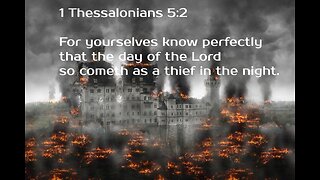Premium Only Content

Don't Miss These Astronomical Events in December 2023 | Geminid Meteor shower | Planets | Solstice
Don't Miss These Astronomical Events in December 2023 | Geminid Meteor shower | Planets | Solstice Beyond Earth
Dec 1, 2023 #planets #meteorshower #astronomy
December is a great time to watch the night sky. There are several meteor showers, as well as some planets that are well-placed for viewing. In this video, we will take a look at some of the highlights of the December night sky.
#astronomy #meteorshower #solstice #fullmoon #planets #conjunction #nightsky
Events:
Dec 2: Phoenicid Meteor Shower - The Phoenicid Meteor Shower is a relatively new and minor meteor shower which radiates from the constellation Phoenix.
Dec 4: Mercury at Greatest Elongation East - Mercury will reach its greatest elongation east on December 3, 2023. This means that it will be at its farthest angular distance from the Sun in the morning sky. Mercury will be visible to the naked eye as a small, bright point of light.
Dec 6: Cassiopeid Meteor Shower - The Cassiopeid Meteor Shower is a minor meteor shower which radiates from constalltion Cassiopeia
Dec 12: New Moon - The New Moon occurs when the Sun, Moon, and Earth are aligned in a straight line. This means that the Moon's sunlit side is facing away from Earth, and we cannot see it. New Moons are often associated with new beginnings and fresh starts.
Dec 14/15: Geminid Meteors - The Geminid Meteor Shower is one of the most popular meteor showers of the year. It is caused by debris from asteroid 3200 Phaethon. The Geminid Meteor Shower is known for its fast, bright meteors.
Dec 18: Close approach of the Moon and Saturn - On December 13, 2023, the Moon will make a close approach to Saturn. The two celestial bodies will be visible together in the evening sky.
Dec 22: December Solstice - The December Solstice is the day that the Sun reaches its southernmost declination. This means that it is the shortest day of the year in the northern hemisphere and the longest day of the year in the southern hemisphere.
December 22: Moon-Jupiter conjunction - On December 22, 2023, the Moon will make a close approach to Jupiter. The two celestial bodies will be visible together in the evening sky.
Dec 22/23: Ursid Meteors - The Ursid Meteor Shower is a minor meteor shower which radiates from constellation Ursa Minor.
Dec 27: Cold Moon - The Cold Moon is the full Moon that occurs closest to the December Solstice. It is also the last full Moon of the year.
00:00 Intro
00:20 Phoenicid Meteor Shower
01:07 Mercury at Greatest Elongation East
02:04 Cassiopeid Meteor Shower
02:54 New Moon
03:14 Geminid Meteor Shower
04:27 Close approach of the Moon and Saturn
05:36 December Solstice
06:13 Moon-Jupiter conjunction
07:30 Ursid Meteor Shower
08:32 Cold Moon
-
 13:44
13:44
Christopher's Anti-Dumbass on this Timeline
23 hours ago111524 WARNING: The End is Near! Days of Noah NOW - We MUST WARN to the Very End!
68 -
 27:24
27:24
Mr. Build It
5 days agoDECK DISASTER! How We Fixed a Botched Build
27.2K10 -
 26:58
26:58
barstoolsports
6 hours agoZach Bryan Blocks All of Barstool | Stool Scenes
19.6K3 -
 1:06:44
1:06:44
Talk Nerdy 2 Us
22 hours ago🔥 Hackers vs. The World: From Amazon breaches to FBI-confirmed Chinese telecom spying
17.6K13 -
 1:24:20
1:24:20
Vigilant News Network
19 hours agoJoe Rogan Drops Shocking Election Claim | The Daily Dose
94.7K82 -
 1:10:18
1:10:18
FamilyFriendlyGaming
18 hours ago $16.49 earnedCat Quest III Episode 2
90.6K1 -
 20:07
20:07
DeVory Darkins
23 hours ago $16.73 earned"They Talking About Finance!" The View FRUSTRATED by NYC Mayor TRUTH BOMB
61.9K54 -
 1:20:18
1:20:18
Steve-O's Wild Ride! Podcast
2 days ago $9.46 earnedThe Hawk Tuah Girl Is Really Becoming Successful! - Wild Ride #243
45.5K4 -
 1:29:26
1:29:26
Game On!
20 hours ago $8.76 earnedJon Jones vs Stipe Miocic Heavyweight Title Fight | UFC 309 Preview
46.2K4 -
 30:26
30:26
The Why Files
7 days agoThe Pascagoula UFO Incident | When Nightmares Come True
77.5K60